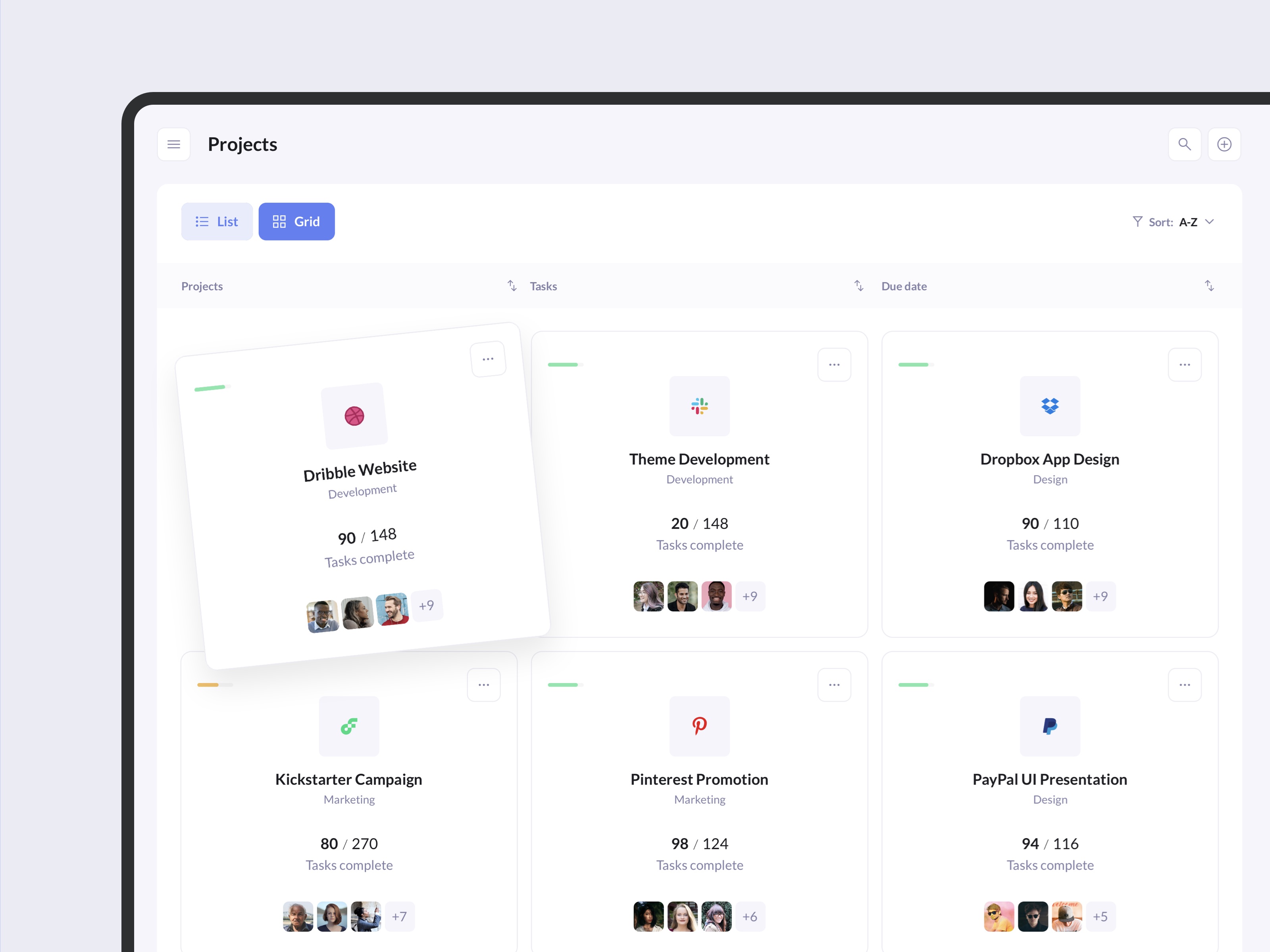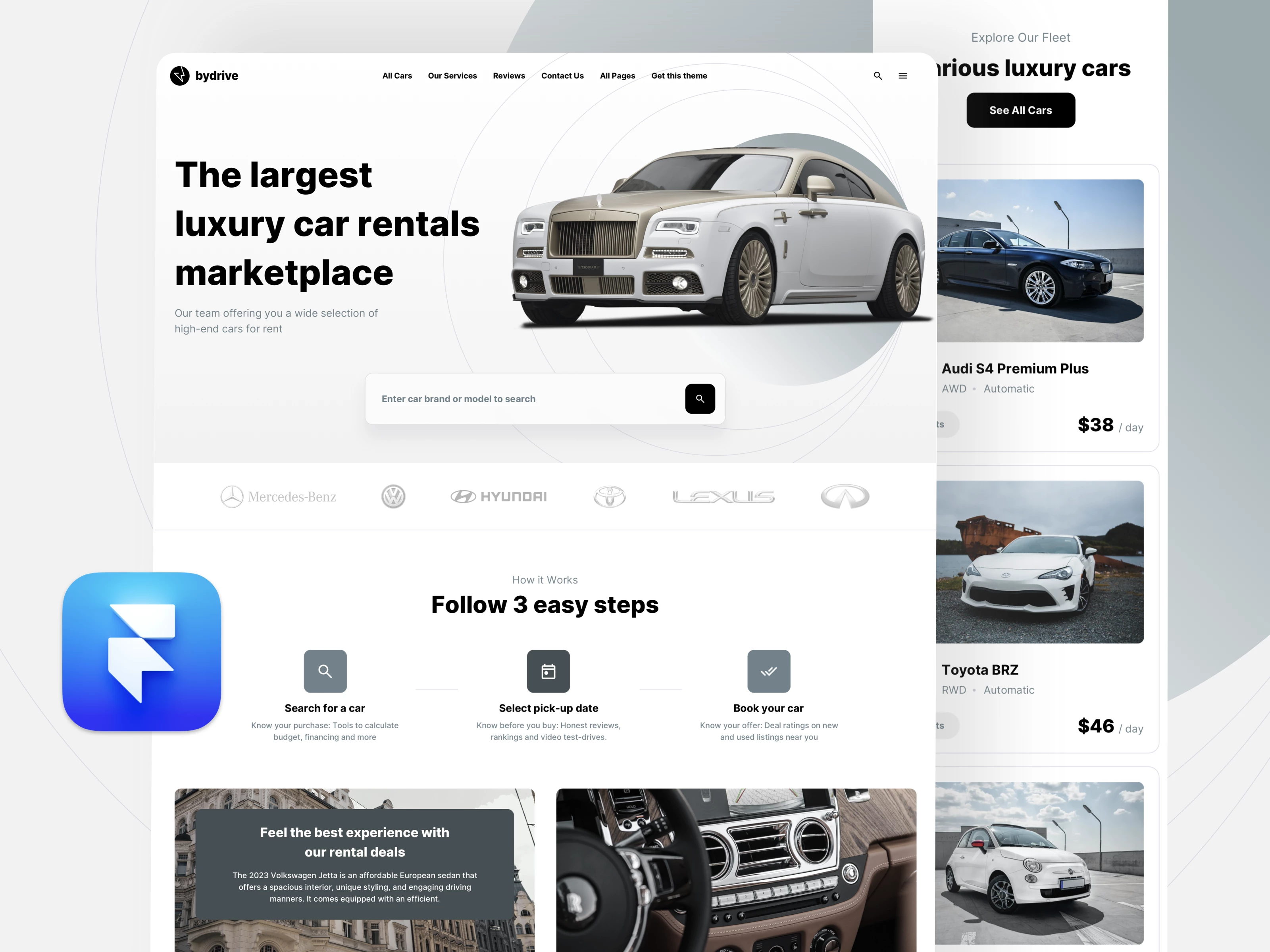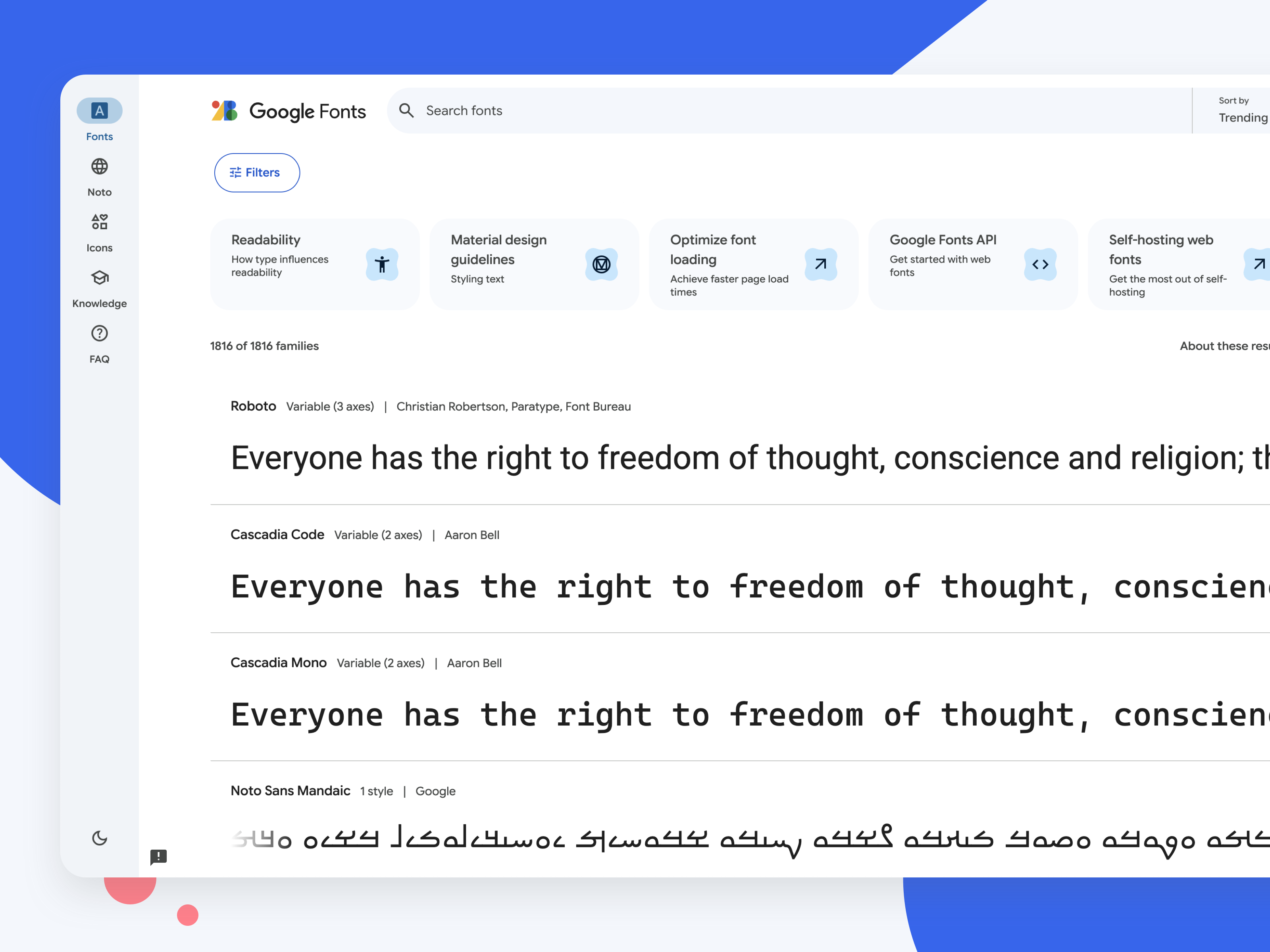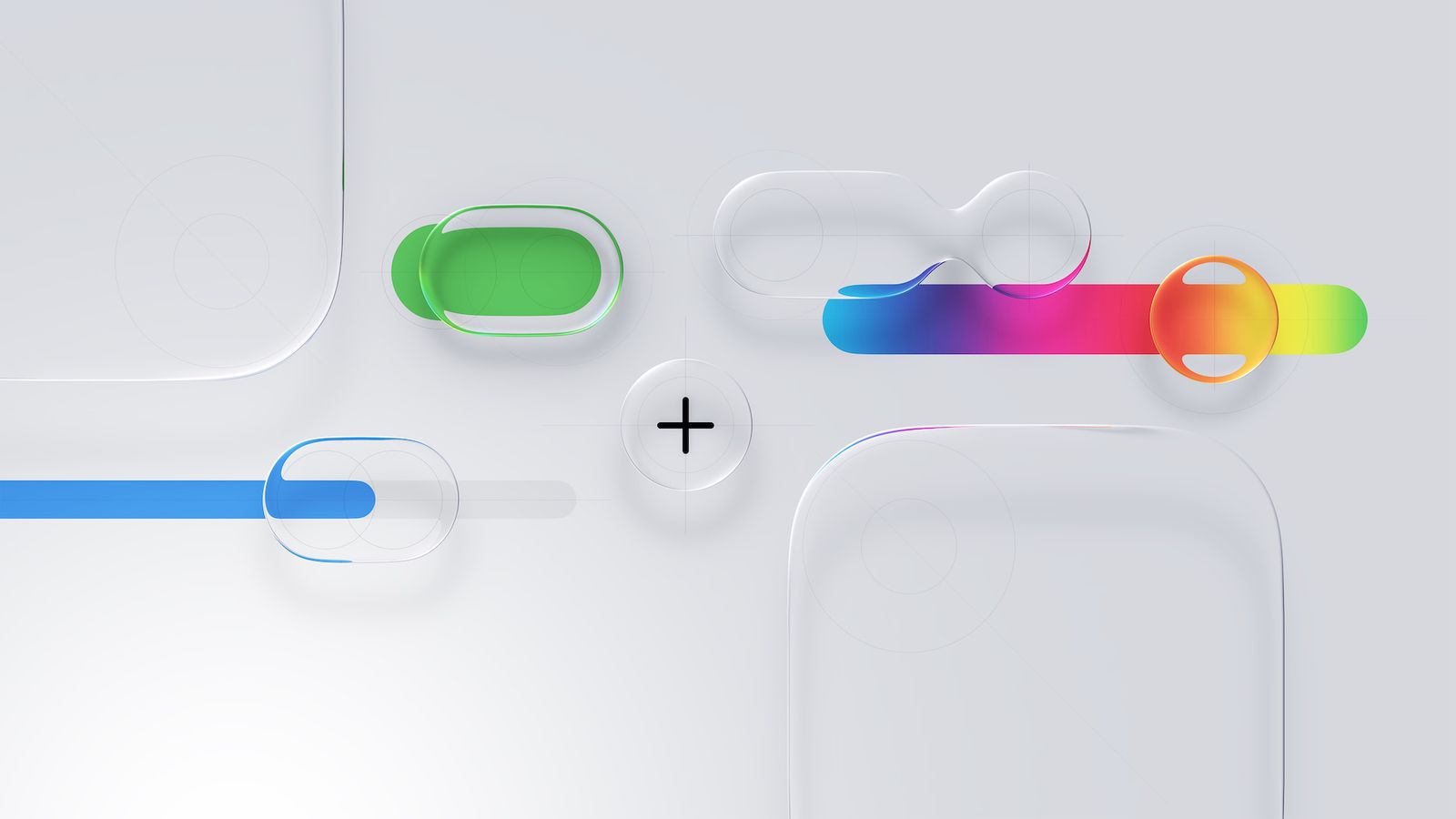If you're involved in product development, you've probably encountered the term Minimum Viable Product, or MVP. This strategic approach involves launching a simplified version of your product with just enough features to be usable, rather than waiting for a complex, fully-featured release.
The primary benefit of an MVP is the ability to quickly get your product into the hands of users. This rapid deployment allows you to gather crucial feedback early on, which is invaluable for guiding future improvements. By starting small, you minimize wasted time and resources, ensuring that your development efforts are focused on creating a product your customers will truly value.
A Minimum Viable Product (MVP) is essentially the most basic form your product can take while still fulfilling its core purpose for users. Eric Ries, in his influential book The Lean Startup, describes an MVP as "a version of a new product which allows a team to collect the maximum amount of validated learnings about customers with the least effort."
What’s the alternative to an MVP?
To truly grasp the value of an MVP, it helps to look at how product development traditionally worked. Before the MVP approach became popular, a product creator would typically fully develop their idea before ever releasing it to the market.
The big problem with this "build it all, then launch it" method? No user feedback until after launch. This often led to products that simply flopped. Maybe they didn't address a real, compelling user need, or perhaps the solution itself just wasn't effective or appealing. Faced with this lack of user interest, companies would sometimes double down on expensive sales and marketing, trying to force a product that users just didn't want.
The downsides of this traditional approach are clear and significant: a lot of wasted time and resources, and a high chance your product won't resonate with customers. Even if a traditional launch does succeed, striving for perfection before releasing anything can mean losing your first-mover advantage. A competitor might beat you to market with a solution to the very same problem, simply because they launched faster.
At its heart, choosing to launch a Minimum Viable Product (MVP) first is about embracing realism and humility. No matter how brilliant or committed you are, there's simply no guarantee your initial product idea will hit it big. Starting with an MVP helps you validate your core concept and build it into the best possible product, step by step.
Examples of MVPS
Consider Uber as a prime example. Today, Uber is a remarkably complex platform. Riders can pick from basic cars, premium vehicles, SUVs, or even shared rides. Yet, when it launched in 2009 as UberCab, it had just one offering: a luxury "black car" summoned via a mobile app. By focusing on this single offering in one market, Uber was able to validate that people actually wanted their service. From there, they expanded, adding more options based directly on customer feedback.
Airbnb offers another great example. It didn't start with the thousands of global accommodation listings you see on its site today. Instead, it began with a single offering: an air mattress on the founders' living room floor. This early prototype allowed Airbnb's founders to deeply understand their users' needs, ultimately helping them build one of the world's most recognized and successful travel services.
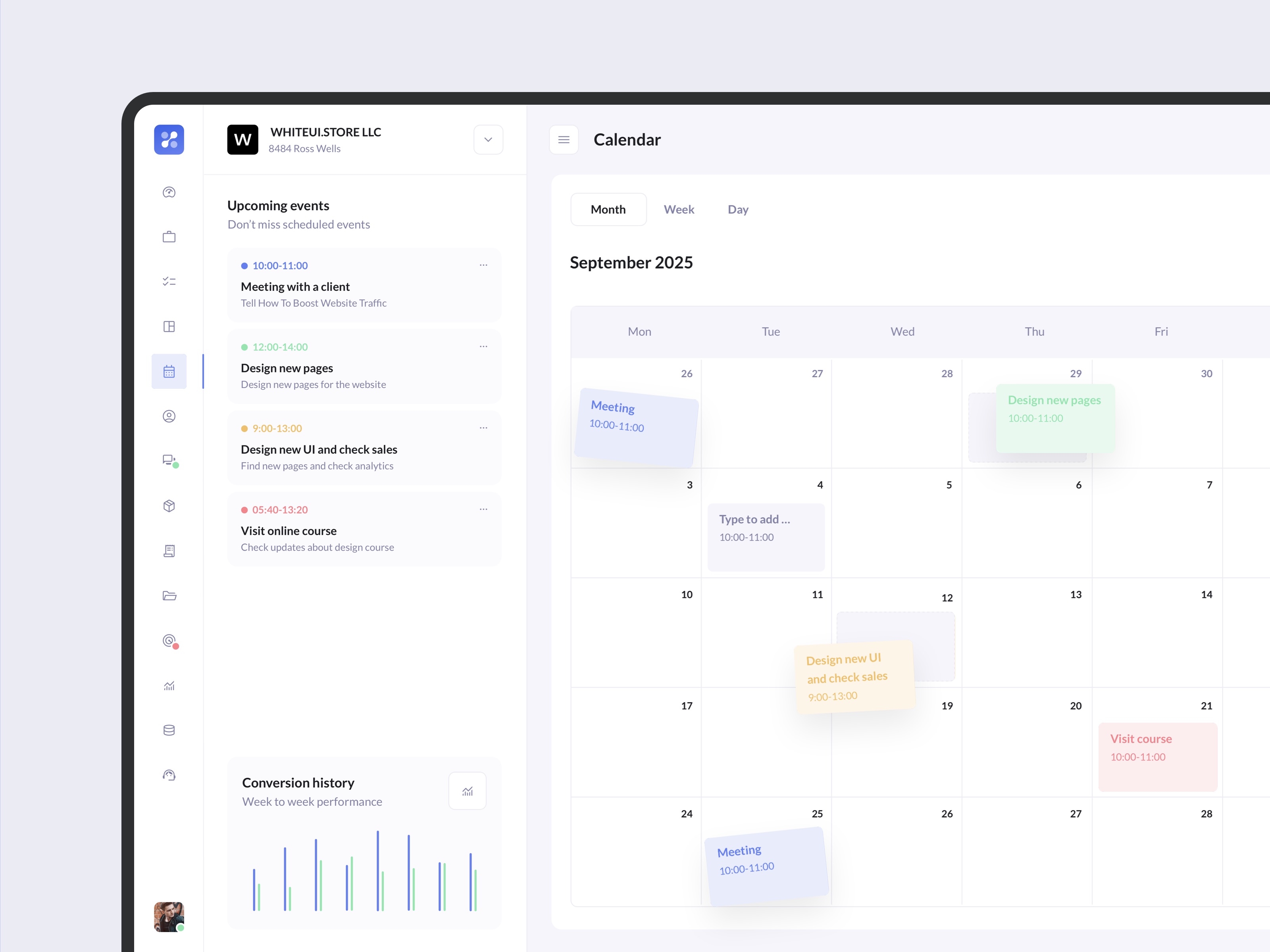
Minimum Viable Products vs. Proofs of Concept
Some frequently cited MVP examples are, in fact, more accurately described as Proofs of Concept. Take Dropbox, often lauded for its initial user interest validation strategy. Before even launching the product, founder Drew Houston created a brief video. It highlighted common frustrations with file syncing and sharing, then demonstrated how Dropbox would solve them. He uploaded this video to Digg and was astonished by the reaction: 75,000 people quickly signed up to beta test Dropbox.
While this certainly achieved a key MVP goal - validating strong user interest in solving the frustrations of sharing and syncing large files - it's not quite an MVP in the strictest sense we're discussing. That's because viewers of the video weren't actually using the product itself. Nevertheless, witnessing such overwhelming interest gave Houston the confidence to invest the necessary engineering resources to transform his beta concept into a real product.
How to create a minimum viable product
Idea generation
Every product journey begins with an idea. A strong idea centers on a specific problem you're aiming to solve for a particular audience. Having absolute clarity on both the precise problem and the exact audience you'll serve is crucial. This clarity is what allows you to determine the true minimum viable version of your product. Once you've pinpointed the problem you want to tackle, you're ready to leverage design thinking tools to brainstorm potential solutions. Ultimately, one or more of these solutions will evolve into your final product.
Getting to minimum
Once you've clearly defined the problem you're solving and for whom, you'll start shaping your solution. The final iteration of your product will likely boast a variety of features and be accessible across multiple platforms. To create an MVP (Minimum Viable Product), pinpoint the core, essential value your product offers, then find the absolute simplest way to deliver it. This might involve launching on just one platform or in a single geographical region. It could also mean finding a way to provide that essential value with almost no engineering resources.
For instance, you could develop a basic prototype of your app or website to share with users. Or, you might even deliver the app's core value without building an app at all. Let's say your ultimate product is an app that recommends restaurants based on dietary restrictions. Your MVP could be a simple blog, a Facebook page, or an email list. This approach would allow you to quickly validate whether you're addressing a genuine need and how users respond to your content.
Beta testing and getting feedback
The whole point of a Minimum Viable Product (MVP) is to get customer feedback. To manage this, many companies enter a beta testing phase, releasing their product to a limited group of users. These users are often early adopters or trusted friends and family – people who understand the product isn't fully polished but are keen to provide the feedback needed to help it get there.
Through user research, aim to understand a few key aspects:
- Is your product solving a real problem for your users?
- Is your product better, faster, or cheaper than any existing solutions?
- How much do users like your product? Would they pay for it? Would they recommend it to their friends, family, or coworkers?
It's worth noting that people often mask critical feedback or exaggerate their praise to be polite. To build something truly useful, you need to emphasize that you're looking for their honest, unvarnished feedback. This directness is crucial for genuine improvement.
Iterating based on feedback
Once you've gathered feedback, it's time to act on it. At this stage, everything's fair game. You might discover your product only needs some minor tweaks or a few added features to become robust and loved by users. Or, you could find yourself needing to pivot the product significantly. Either outcome is good news. By launching an MVP first, you've avoided sinking excessive time or resources into the project. You can take what you've learned from this initial round and begin building the right product for your customers.
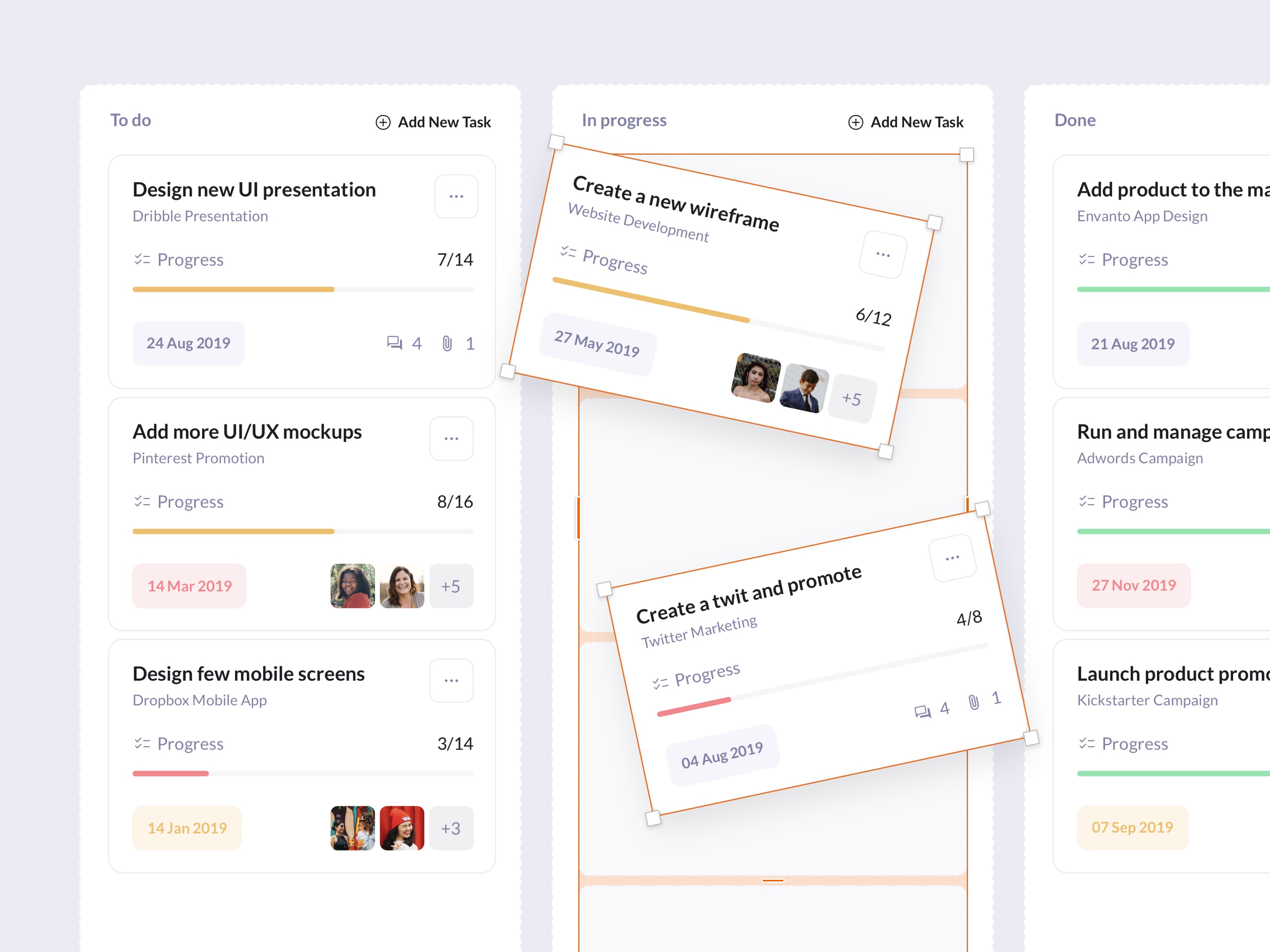
Moving beyond minimum
Congratulations! Building something of value in the world is no small accomplishment. While your product may have moved past the point of minimum viability, the essential steps of getting feedback from customers and iterating on your product never truly end. To stay ahead of the competition and keep users happy, make sure you incorporate the lessons you learned from the MVP strategy to keep building something people genuinely love.

